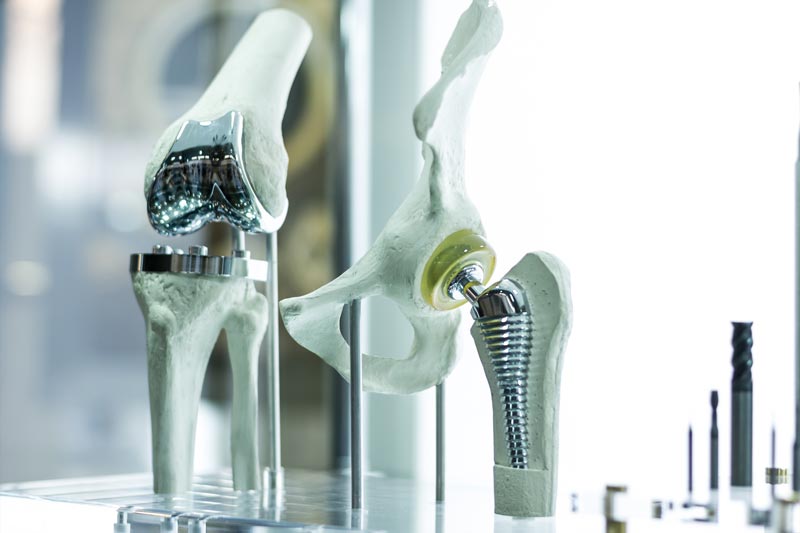Service
Product Liability
Have You Been Injured by a faulty Product?

Summary of Product Liabilities
Product liability lawsuits play a crucial role in ensuring consumer safety and holding manufacturers, distributors, and sellers accountable for their products. These lawsuits aim to provide compensation for individuals who have been injured or suffered harm due to defective or dangerous products. Here are some key points to understand about product liability lawsuits:
1. Legal Responsibility: Manufacturers have a legal duty to produce products that are safe for their intended use. They should anticipate potential risks and take necessary measures to prevent harm to consumers. If a product is defective or unreasonably dangerous, the manufacturer may be held liable for any resulting injuries.
2. Types of Defects: Product liability cases can arise from various types of defects. Design defects refer to inherent flaws in the product’s design that make it unsafe. Manufacturing defects occur during the production process, resulting in a faulty or substandard product. Failure to provide adequate warnings or instructions about a product’s risks can also lead to liability.
3. Burden of Proof: In product liability cases, the burden of proof rests on the plaintiff to demonstrate that the product was defective or dangerous and that the defect directly caused their injuries or damages. This may require gathering evidence, expert testimony, and documentation to support the claim.
4. Compensation: Successful product liability lawsuits can provide compensation for various damages, including medical expenses, lost wages, pain and suffering, emotional distress, and in some cases, punitive damages. The goal is to help the injured party recover physically, emotionally, and financially from the harm caused by the defective product.
5. Consumer Protection: Product liability lawsuits not only seek justice for individual victims but also serve as a deterrent for manufacturers and sellers to prioritize consumer safety. By holding negligent parties accountable, these lawsuits contribute to improving product standards and ensuring that products in the market meet safety regulations.
Types of Product Liability Cases
Design Defects: These cases involve products with inherent design flaws that make them unreasonably dangerous. The defect is present even before the product is manufactured, posing a risk to consumers. Examples include automobiles with faulty brake systems or furniture with unstable structures.
Manufacturing Defects: These cases arise when a product becomes defective during the manufacturing process, resulting in a hazardous condition that was not intended by the design. Manufacturing defects can occur due to errors in production, poor quality control, or the use of substandard materials. Examples include contaminated medications or malfunctioning electronic devices.
Failure to Warn: This type of product liability case involves products that do not provide adequate warnings or instructions about potential risks associated with their use. Manufacturers have a responsibility to provide clear and comprehensive warnings to ensure consumer safety. Examples include medications that lack proper instructions about potential side effects or household chemicals without appropriate hazard warnings.
Marketing Misrepresentation: These cases involve misleading or false advertising, deceptive product labeling, or inadequate disclosures regarding a product's risks or limitations. When consumers rely on inaccurate information, they may suffer harm as a result. Examples include exaggerated health claims about a product's benefits or failure to disclose known risks.
Breach of Warranty: This type of product liability case arises when a product does not meet the warranties or guarantees provided by the manufacturer or seller. It can involve both express warranties (explicitly stated) and implied warranties (assumed by law). Breach of warranty claims may include issues such as defective parts or failure to perform as promised.
Have you been injured by a defective product?
If you have been injured or suffered harm due to a defective product, consulting with an experienced product liability attorney is crucial. They can assess the circumstances of your case, determine the liable parties, and guide you through the legal process to pursue fair compensation for your injuries and damages. Remember, your safety as a consumer is paramount, and holding accountable those responsible for producing or distributing defective products helps protect others from similar harm.
Schedule a Free Case Review
Office Hours
Monday – Friday: 8:30 am – 5:00 pm
Zoom / Facetime Remote meetings available upon request.

